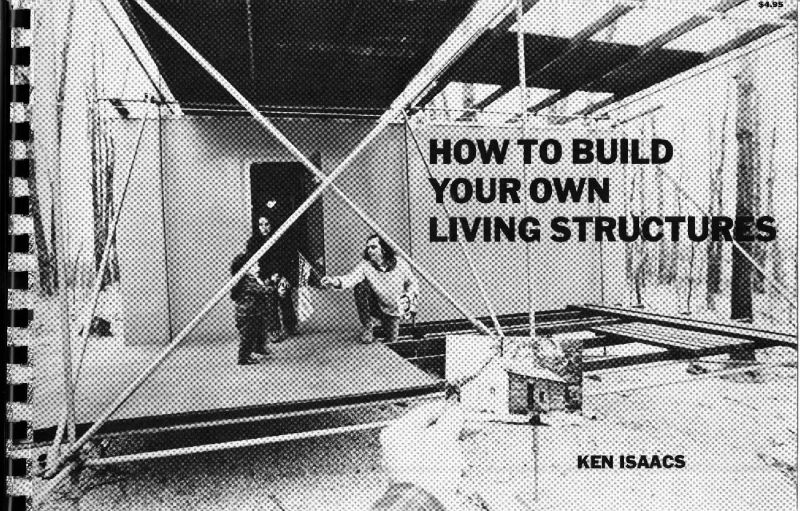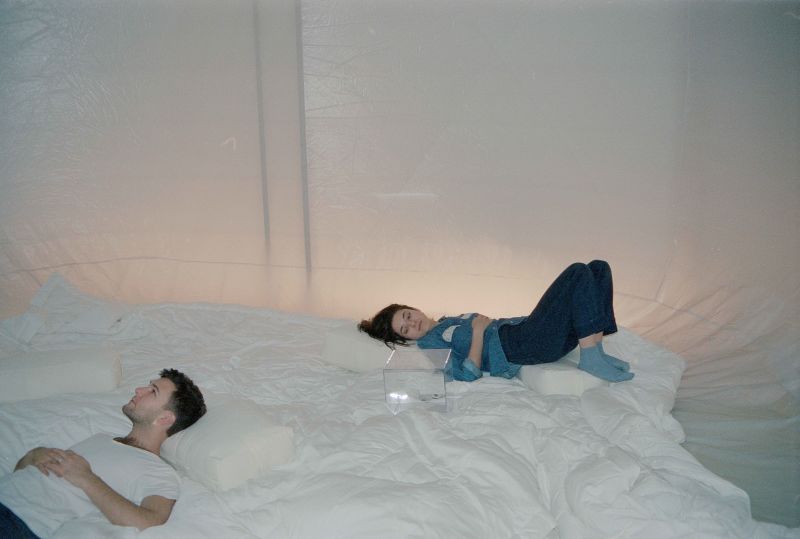
The Timeless Innovations Of Ken Isaacs
The designer Ken Isaacs was a pioneer in thinking ahead. During the sixties, as countercultural movements flourished in response to the war in Vietnam, Isaacs developed the Matrix system for home furnishing. He sought to create more flexible spaces that could adapt to their use and conditions. Isaacs and his wife put together cubes made of 2” x 2” beams, each with a pattern of holes drilled into them, allowing for near endless configurations. The idea was years ahead of the similarly modular “grid beams” of today. Ever the radical, Isaacs published his beliefs on design prolifically.


Traditional furniture was never organized as a whole system. The pieces were a bunch of separate, unrelated objects determined by inertia & sentiment. Feeble efforts were made to organize them “visually”, but that was always just another trap. The old culture has always tried to make the unworkable endurable by overlaying it with whichever “good taste” is going at the moment. Unfortunately, this is like trying to make airplanes look like birds. That never worked either. That’s because you can’t make feathers out of aluminum.
He mused in his book, Liberated Space:
It’s a view that chimes with a broader concern with ecological balance, with a style of living that’s considered and deliberate—devoid of waste. Isaac’s work was in line with mood of the times, to be sure. The late 1960s and 70s were defined by a radical suspicion towards the status quo. Many thinkers, designers, and artists tried to dream up new solutions to old problems that were at times ill-conceived or naive. But Isaacs’ work stands up to decades of scrutiny. His most notable text,How to Build Your Own Living Structures, provided step-by-step instructions on building modular homes that presaged the trendy micro-apartments we see sprouting in urban areas around the world today. In the case of both today’s incarnations and Isaac’s originals, a concern for ecology and balance shines through. Isaacs was keenly aware of the need for humans to consider their spaces more deliberately. He constructed a modular, flat-pack system not unlike IKEA furniture, except at an individual’s scale.


The innovative thinking of Isaacs is as essential now as ever, which might explain how so many of his ideas have found their way into the mainstream. Isaacs saw design as a means to conserve, to create systems that were reusable and adaptable. The polar opposite of the mass consumption we see today. Naturally, Buffy worked with the architects And Or Forever to develop Matrix-method inspired furniture for our Soft–Space pop-up in SoHo. They explained to us how the design was directly influenced by Ken Issacs’ Living Structures:

“The store work table is an elaboration upon his method, particularly the matrix idea. As store designers, we chose to work with Patrick Bozeman of LuxLex to implement a structure and table design using this concept, as well as to navigate the “mystique of the lumberyard” that Ken Issacs details in his workbook, How to build your own living structures. Additionally, you will note that for the work tables, we did not adhere to a 48” modularity (a constraint of milled lumber that Issacs worked with). The carpentry work is flexible to cut sizes, and the constraint instead is informed by commercially prepared sizes of the soft top application, and of course, the Buffy.”

